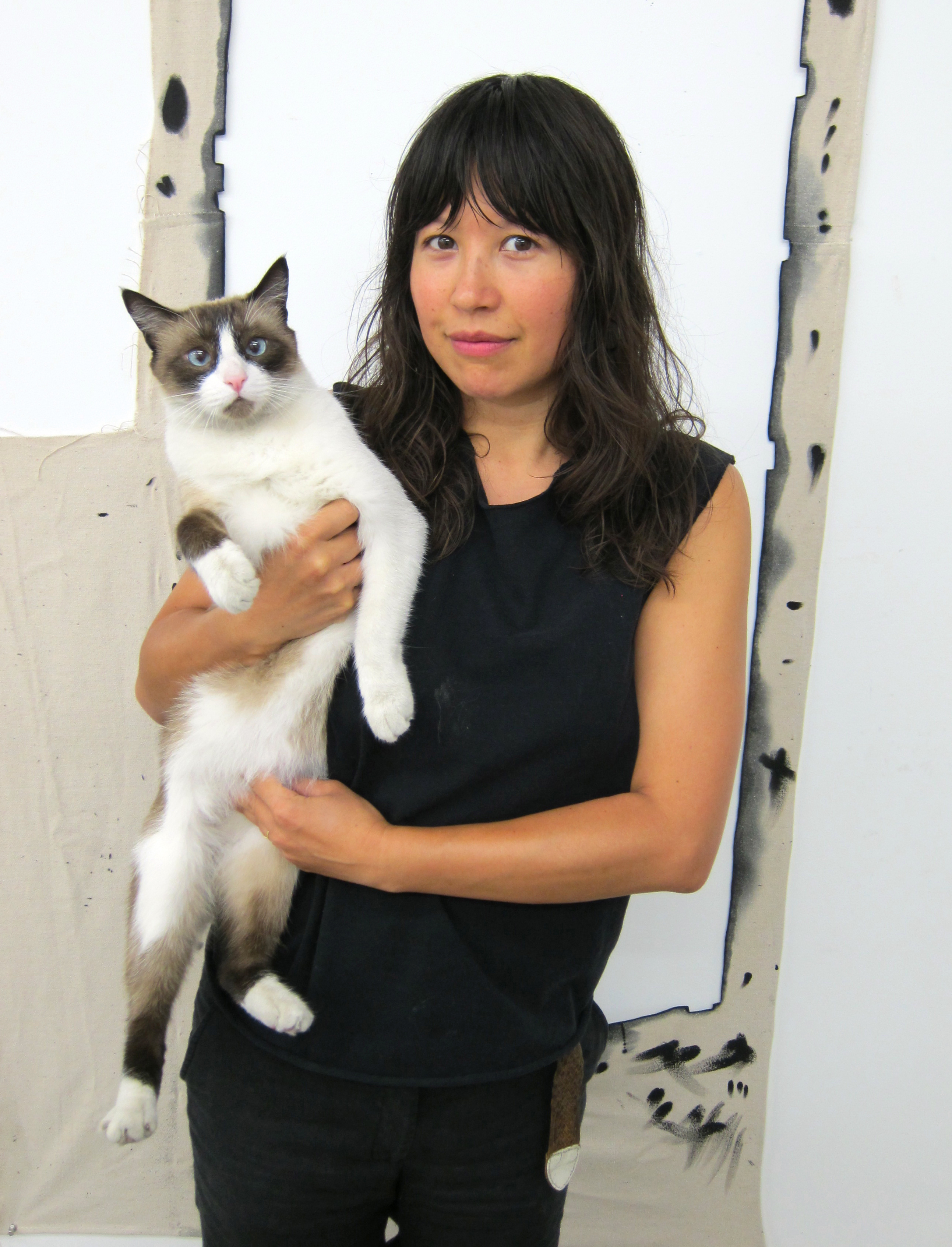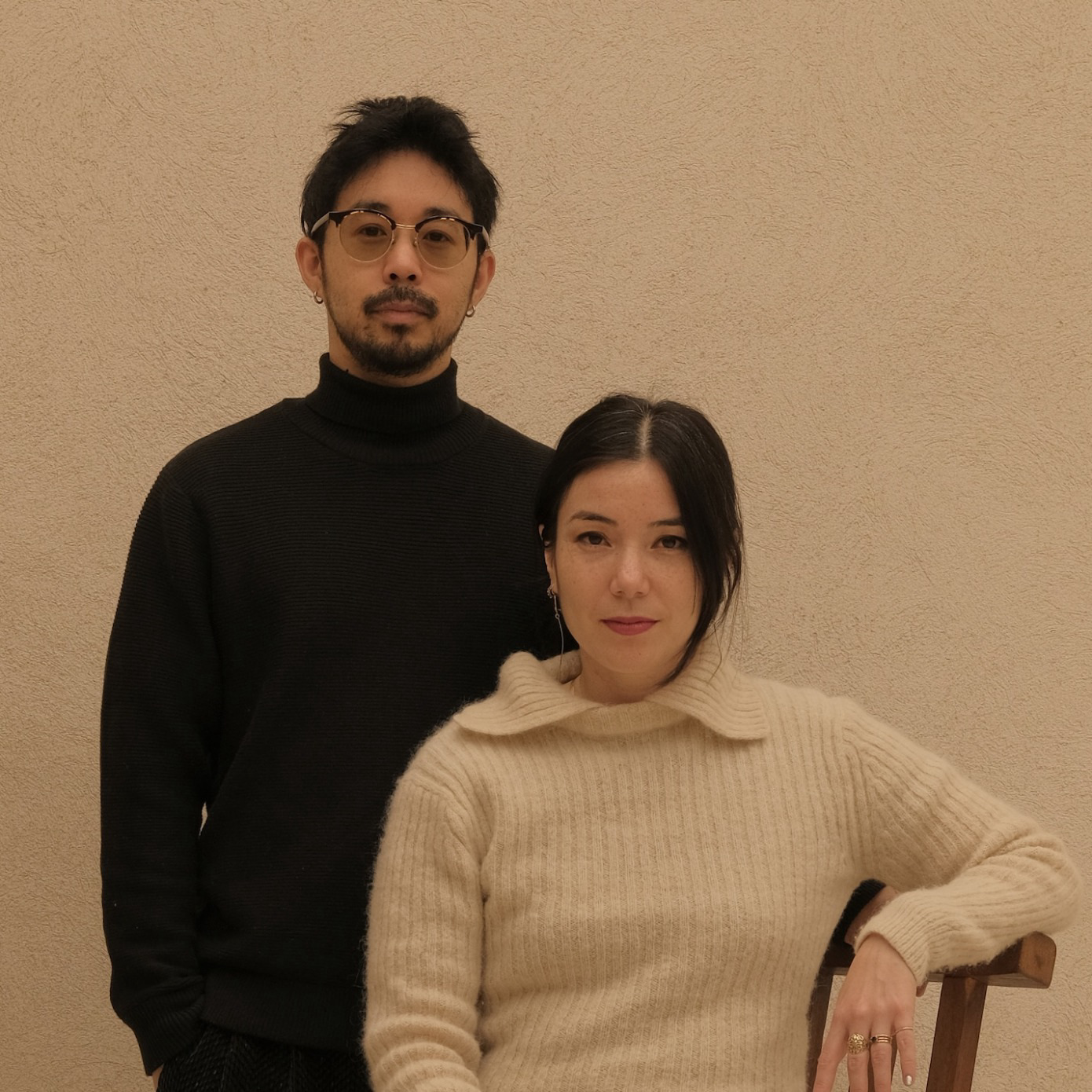
For multi-media artist Amanda Ross-Ho, the studio is an intrinsic part of the conversation of art and it has played a prominent role in her work for years. “It was the subject of the work in many ways,” says the Chicago-raised, Los Angeles-based artist, who, for the last eight years shared a 4,200-square-foot space in Downtown L.A. with her life partner, fellow artist Erik Freydenborg. In 2008, for instance, she disassembled elements of her studio and publicly displayed them in the California Biennial at the Orange County Museum of Art. Last summer, though, a rent hike forced her and Freydenborg out of their long-time studio.
Working out of a temporary space for the last year, Ross-Ho continues to use the studio—or lack thereof—as inspiration. “I think it has invigorated things a bit in a nice way,” she says. For this year’s Art Basel, Ross-Ho has created a multi-site outdoor installation for the event’s public programming sector, Parcours, that plays on the tantalizing idea of finding a new home. Christened Untitled Findings (ACCESS), the work is a series of oversized keys, each almost two feet long, that are scattered around town. The keys are replicas of real ones to unspecified institutions and private homes in Basel—providing a deadend form of access. “It’s a bit like a treasure hunt,” says Samuel Leuenberger, the curator for Parcours.

Ross-Ho’s Basel project follows on the heels of a two-museum solo commission, exploring themes of capitalism and industrial production, which ran over the fall and winter, first at the Vleeshal in Middelburg, the Netherlands, and later at the Bonner Kunstverein in Bonn, Germany.

For those shows, her lack of a studio to call home inspired her to make all of the work on-site. She brought in an industrial sewing machine and created multiple pairs of almost seven-feet-tall pants with out-turned pockets, a symbol of insolvency. “I was doing 14-hour days sewing by myself,” she says. “I wanted the sensation when you saw the static objects to feel that the production of them was a rush.” Mirrored tables showed the detritus of the sewing, while a video showed a clock whose hands rotated counterclockwise. The timepiece is similar to those hung in barber shops; designed so that customers getting haircuts can view the correct time when they see it in a mirror. “It’s a clock that tells time forwards and backwards at the same time,” Ross-Ho explains. “The idea was that the whole kind of production space would create that flipping effect. It’s all about these inversions on top of each other.”

When she was a child, both of her parents (Ross-Ho’s father is a painter and sculptor; her mother used to be a photographer) had studios at home, imparting to her a strong sense of linkages between creative pursuits, habitation and identity. “Having these spaces of production in the house gave me a deep foundation of seeing this as a life that people do in different ways,” says Ross-Ho. This fall, she will be presenting a solo show at New York’s Mitchell-Innes & Nash that touches on this theme of the venue versatility of studios. “It’s pretty early to talk about it but I am thinking about the gallery space a little bit more like a production space. You’ll see evidence of that one way or another.”




